A Short History of Wood Turnings
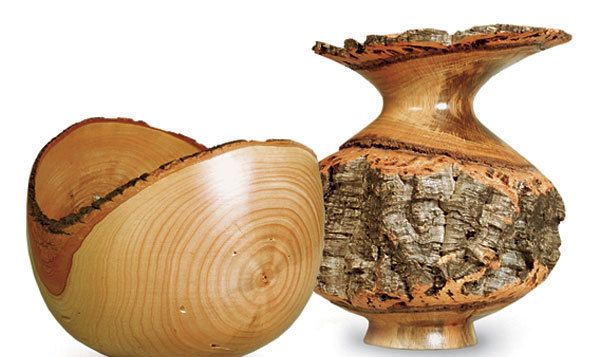
Turning is the art of shaping wood while it is revolving, consequently to produce curved surfaces that may be anything from simple cylinders to more complex wreathed or spiral shapes.
As such, for a very long time the art and trade of the turner was considered and kept separate from that of the joiner, although there was inevitably much overlap as when, for example, a joiner needed to produce turned chair or table legs, balusters, or bedposts, or when a turner needed to produce flat seats for chairs that were largely “throwne” (made of turned legs and rungs).
Aside from such structural parts mentioned above, which might be used whole or split and then applied as surface decoration, contemporary turning is also largely concerned with producing bowls, hollow vessels, and spindles. Sometimes lidded, either by simple friction fit or by having threads “chased” around the edge of the lid, turning may be practiced on single solid pieces of wood or upon segmented, made-up blanks, thereby producing not only pleasing shapes but also interesting patterns of different color and species.
Graham Blackburn is a furniture maker, author, and illustrator, and publisher of Blackburn Books (www.blackburnbooks.com) in Bearsville, N.Y.
Fine Woodworking Recommended Products
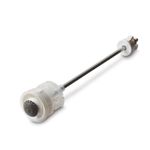
CrushGrind Pepper Mill Mechanism


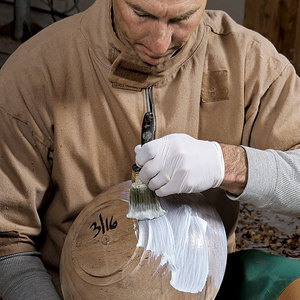
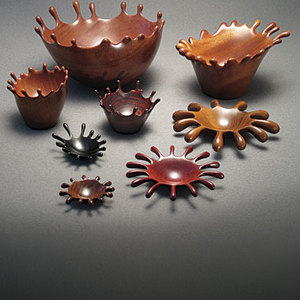
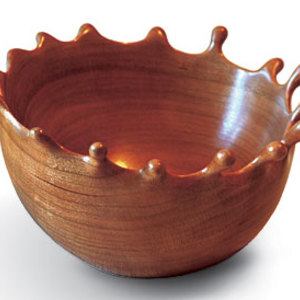
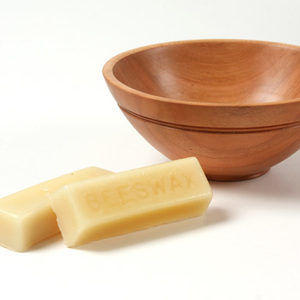





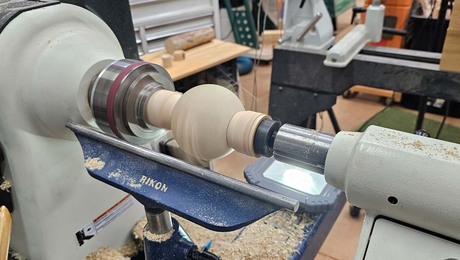









Log in or create an account to post a comment.
Sign up Log in